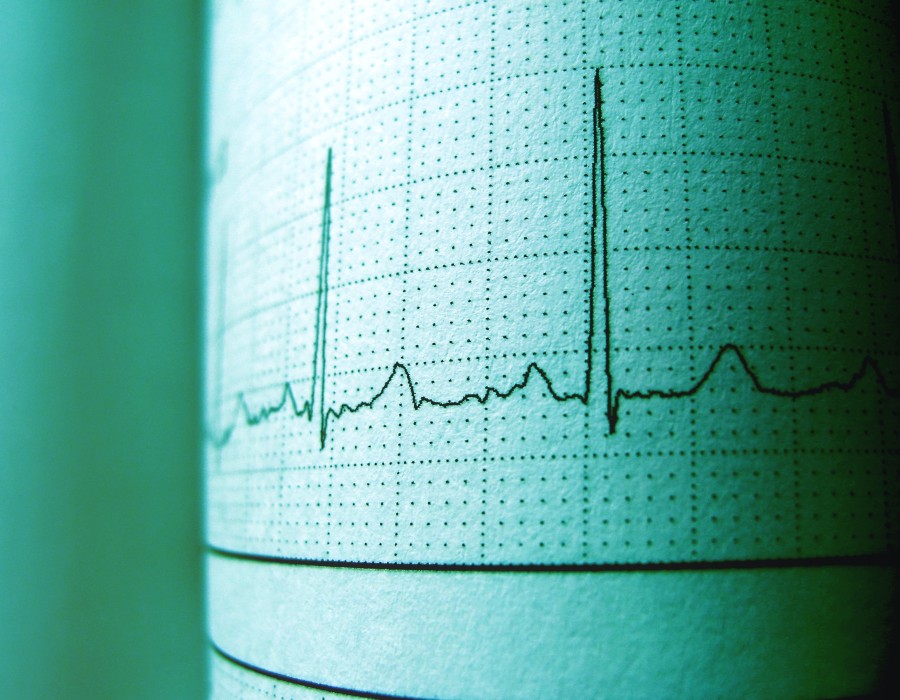Learning to read an electrocardiogram (ECG or EKG) can be a valuable skill for healthcare professionals, especially those in fields like cardiology, emergency medicine, and critical care. An ECG is a graphical representation of the electrical activity of the heart over a period of time. It consists of several components and waves that provide information about the heart's rhythm and function.
Here's a basic guide to help you get started with reading an ECG:
- Understand the Basics:
- An ECG is recorded on graph paper with horizontal and vertical lines. Each small square on the paper represents a specific time and voltage.
- The horizontal axis represents time, with each small square typically equaling 0.04 seconds (40 milliseconds). Larger squares are 0.20 seconds (200 milliseconds).
- The vertical axis represents voltage, with each small square representing 0.1 mV (millivolts). Larger squares are 0.5 mV.
- Lead Placement:
- The ECG is recorded from different electrode placements on the patient's body, which are known as leads.
- The standard 12-lead ECG includes 10 electrodes: 4 limb leads (I, II, III, aVR, aVL, aVF) and 6 precordial (chest) leads (V1, V2, V3, V4, V5, V6).
- Limb leads are placed on the wrists and ankles, while precordial leads are placed on specific locations on the chest.





Comments